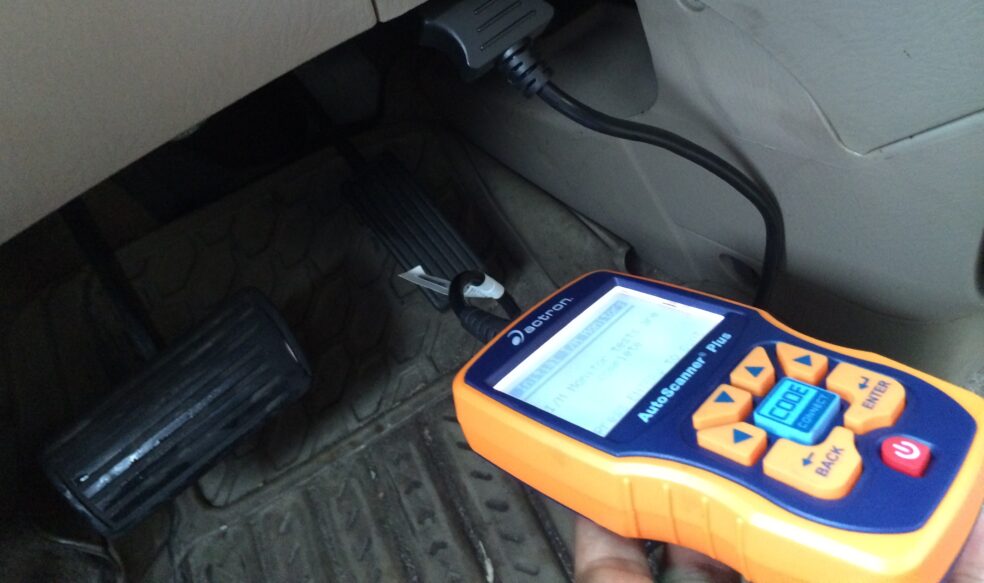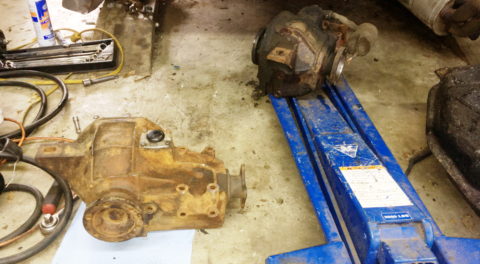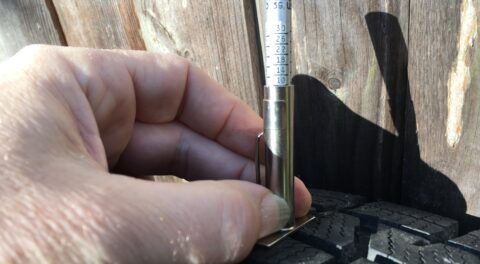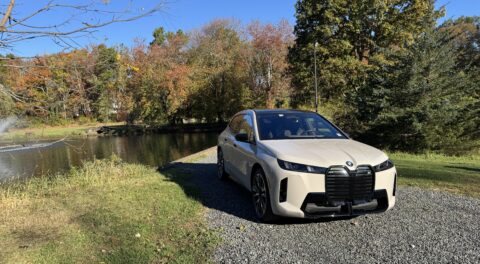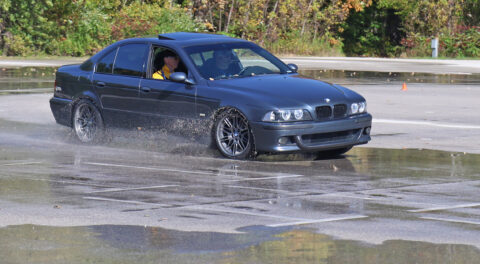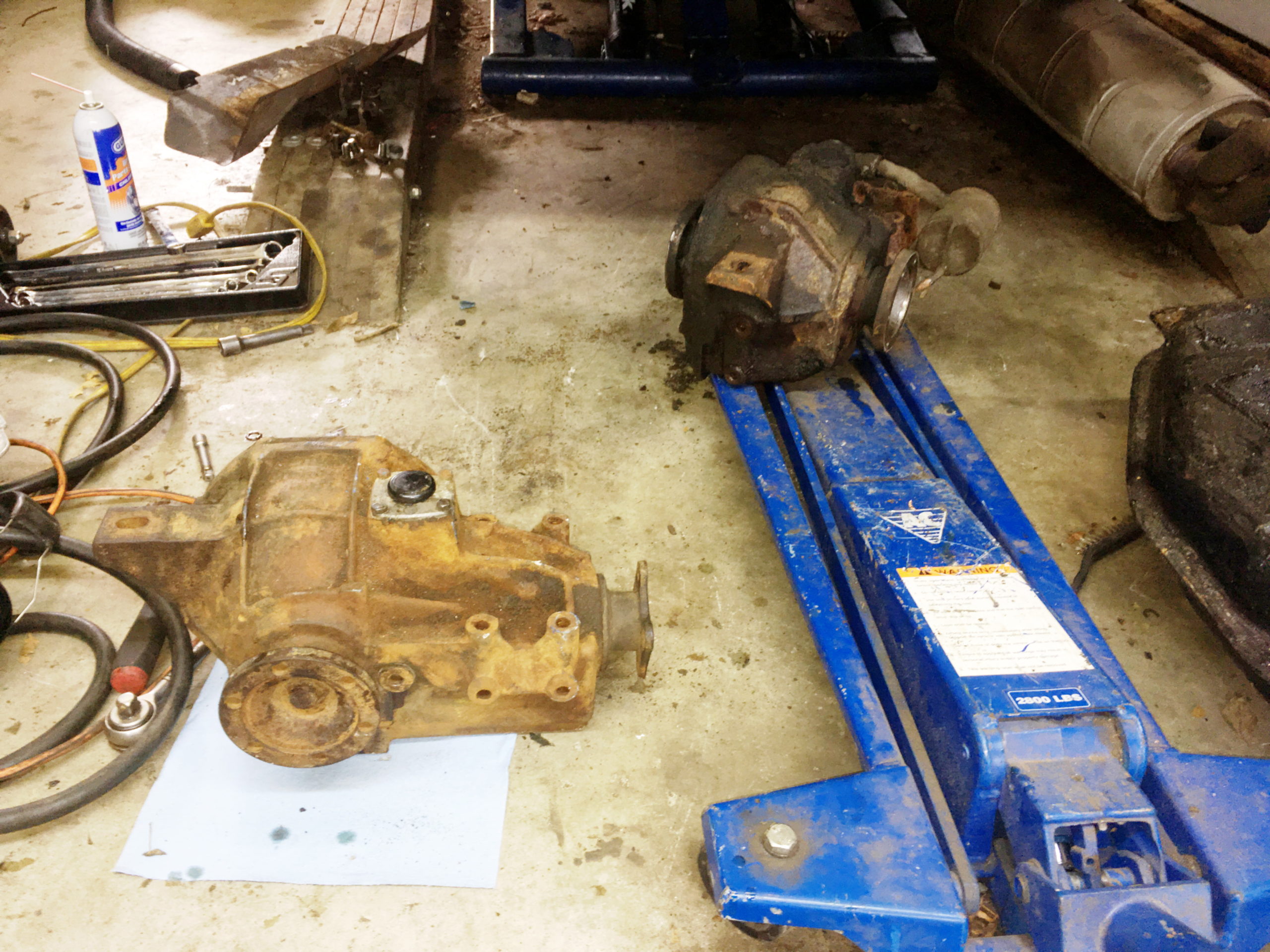I began working on cars 32 years before we were gifted with—or stuck with, depending on how you look at it—OBD-2. That’s the on-board diagnosis system, mandated by the feds, that allows your car’s engine-management system (formerly the carburetor and distributor) to communicate with a diagnostic system to determine any faults—especially those affecting the engine’s proper operation emissions-wise. It was an improvement over the previous OBD-1 system, by which each manufacturer created its own system, a nightmare for both owners and repair shops, because the readers were often available only at the dealership.
With OBD-2, code-reader sockets are identical in all makes and models sold in the U.S., and code numbers are the same from make to make. Any owner can buy a code reader to diagnose the car’s problem; they range from very simple to the level used by repair shops and dealerships. I started out with a simple one, then graduated to one that’s mid-level as I realized the increased level of diagnosis obtainable. For a shade-tree mechanic who’s relied on the Mark 1 eyeball and Mark 1 ear, and whose level of instrument sophistication was a multi-meter, code readers have been an education.
Since all of my BMWs except the ’91 E30 predate even OBD-1, my OBD education has been with my Nissan Frontier truck. During one of our annual trips to North Carolina’s Outer Banks, I realized the usefulness of even a basic code reader when the truck dropped to five cylinders during the drive home. Based on what I knew from working on carbureted cars with points and a distributor, when one cylinder suddenly quits working and you know there’s compression, the diagnosis is usually either a bad spark plug or plug wire. Plug wires rarely fail suddenly, and mine all looked good, so I diagnosed a spark-plug problem.
But new plugs didn’t help; it turned out to be a bad coil-on-plug. My familiarity was with a system having one coil per engine, not one coil per cylinder. I replaced the coil—and then a few months later, a second five-cylinder situation occurred. This time I was ready with a newly purchased code reader, which told me that another coil had failed. Thus forewarned about tetchy coils, I bought five more (I’m nothing if not forearmed).
The second failure started me including my code reader along with my usual tool kit that accompanies me on road trips. Thus I began to integrate electronics into my previously experiential diagnostic skills. Now convinced that a code reader was as important as my wrenches and screwdrivers—at least when working on our modern cars—I bought a more sophisticated reader when it went on sale. Whenever we’d take a trip in our “new”cars—Carol’s RAV4 and my Frontier—the code reader accompanied us.
On a Florida trip last year, it stood me in good stead—twice.
Cruising along northbound I-75 in the Frontier, as we neared Ocala, a cylinder started randomly missing. I didn’t need a code reader for that; based on three previous coil failures, I was 90 percent sure of my between-the-ears diagnosis, and had a list of which coils had been replaced. That left me to choose: Which of the remaining three is about to fail? While my brain did the initial diagnosis, electronics pinpointed the problem down to the misbehaving cylinder.
Unfortunately, I had forgotten to pack my spare coils. A Google search for “nearest auto parts store” revealed a nearby O’Reilly’s. They had the coil; with the misbehaving coil pinpointed, a few minutes’ work in the parking lot and the Frontier was back on six cylinders once again.
For a while.
Approaching Dalton, Georgia, still on I-75, suddenly the truck started to slow, regardless of what I did to the accelerator. Within a few miles we were down to 20 mph, motoring along on the shoulder; this was way more serious than a bad coil.
I deployed my code reader; it read Bad Catalytic Converter. An upstream converter serving one cylinder bank had failed, plugging the main downstream converter. This adventure provided me with two learning experiences: a clogged catalytic converter can stall an engine, and my code reader (again) diagnosed a problem that I could not have figured out on my own.
Conversely, that code reader was absolutely useless just a few weeks ago, but my brain was challenged with diagnosing a problem on a friend’s Renault 4CV. Indeed, I learned wrenching on my own 4CV, but it hadn’t been a daily driver since 1978, so those memories were a little rusty.
Don trailered his car to my house so that I could advise him on its in-progress restoration. He backed it off the trailer, but the brakes suddenly locked up; the car wouldn’t budge.
My reputation as a 4CV whisperer was on the line. Reaching back into the dusty brain compartment labeled “4CV troubleshooting,” I remembered that sometimes the parking brake wouldn’t release properly. But looking under the car, I could see slack in the parking-brake cable, so that wasn’t it. Maybe the brake shoes were stuck.
We jacked up the car, and off came the right rear wheel. I grabbed a 19-mm box-end wrench and backed off the brake-shoe adjusters, just a touch. The previously unmoving brake drum moved freely—and so did the car.
I didn’t tell Don that I just guessed that it was the right-side brake, and not the left that was misadjusted. My 4CV whisperer reputation remained intact.

